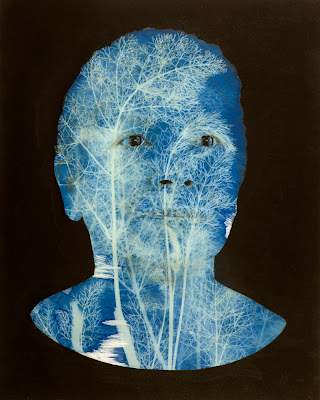The action of Mercurial herbs were seen to "have principle relation to the tongue or brain, lungs and memory; they dispell winde and comfort the animal spirits, and open obstructions."
Consider
Dill, a Mercurial herb with powers of Earth and Fire. Dill is a member of the carrot family (along with other familiar herbs and vegetables including celery, parsley and cilantro) it is thought to have originated in southwest Asia and on the Indian subcontinent.
The name dill from "dillan", meaning to lull, may have prompted the practice of giving dill to restless babies to make them sleep and associates the plant with love, protection, blessings, dreams, harmony, keeping secrets.
"Vervaine and dill
Hinder evil witches of their will."
Owing to the number of seed the plant produces, dill is is also used in money spells and fertility and stimulates lust if eaten or smelled.
Fennel, another mercurial herb with Air and Fire powers. It was used by the Saxons and Jewish mystics as a purifying herb. Pliny attributed it with many medicinal properties. Greek olympians, Roman gladiators and Germans, believed it gave strength, courage and longevity to those who used it. Midsummer rituals associated it with consecration, divination, energy, and meditation.
‘He who sees Fennel and gathers it not is not a man but a devil’.
Fennel was hung in doorways and stuffed into keyholes on Midsummer’s eve during the Middle Ages to protect houses against fire and evil. As a medical tea, it kept insanity and temptation under control in much the same way as garlic was used to scare vampires away. Fennel followed colonists to the New World.





























